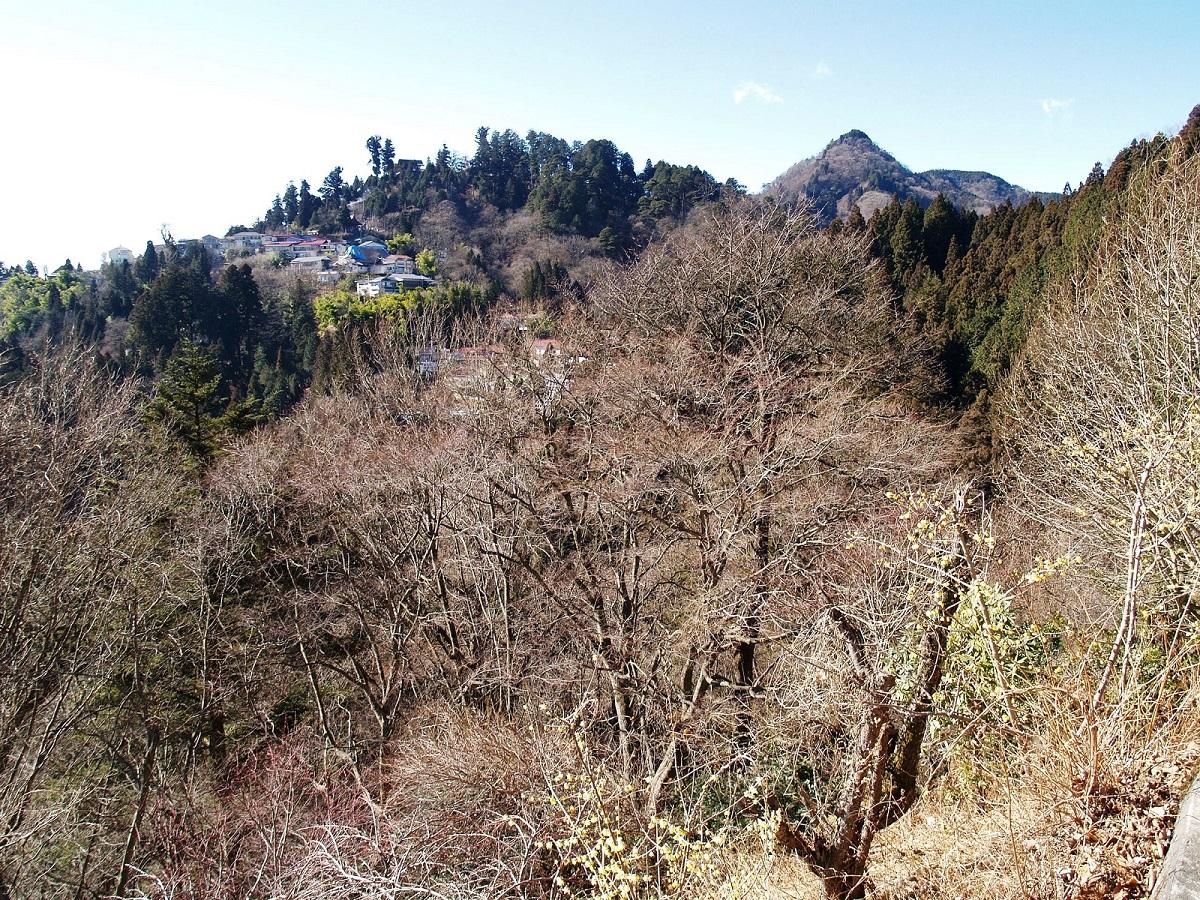History of Mitake and Hinode

Towns Rich in Historical Assets and Traditions
Ome City, which is located in the Mitake area, is blessed with abundant water from the Tamagawa River and Arakawa River systems. Settlements that subsisted mainly on hunting developed very early on, and many ruins from the Paleolithic era and the Jomon period (14,000-300 BCE) have been discovered in this river basin. In the Edo period (1603-1868), the textile, limestone, and timber industries flourished. On the top of Mt. Mitake, there is a village called Oshi Village where a shukubo (lodge in a temple) still operates and serves as a guide to missionaries and pilgrims. In Hinode Town, you can find many historical monuments nestled in the settlements around Mt. Hinode, as well as traditional performing arts that have been handed down through the generations. Of the many storehouses built since the end of the Edo period, 157 of them still dot the settlements around the mountain.
https://www.city.ome.tokyo.jp/site/ome-style/15844.html(外部サイト)
![]()
Musashi-Mitake Shrine’s Great Spring Festival, the Hinode Festival
The Hinode Festival is the most prestigious and solemn of the festivals held at Musashi-Mitake Shrine. It begins with the yoimiya festival (the vigil on the eve of the festival). Illuminated only by the faint glow of the kagetou lanterns at dusk, the shinkonoretsu (the procession of the shrine god) bears a divine spirit protected by a silk enclosure to the otabisho (a place where the spirit is to stay temporarily). This festival is unique in that yoroimusha (armored warriors) are included in the procession. The long procession includes Shinto priests, novices, armored warriors, shrine parishioners, and festival participants who walk from the Mitake Plain to Oshi Village, and finally up the 300 stone steps while carrying the mikoshi (portable shrine). This is a very awe-inspiring and magnificent festival. It is believed that those who participate in this procession will have good health for the year.
(C)Hinode Town
Daidai Kagura and Takigi Kagura
The Daidai Kagura performed at Musashi-Mitake Shrine is a form of Shinto music and dance that came to the region from Edo twice, first in 1749 and then in 1780, and has been performed for more than two hundred years. The dedication of the Daidai Kagura is the most formal method of worship. The Daidai Kagura is designated as an Important Intangible Folk Cultural Property by the Tokyo Metropolitan Government. The Takigi (Firewood) Kagura is an almost otherworldly ritual that involves the performance of the Daidai Kagura of Musashi-Mitake Shrine in the light of bonfires while awaiting the darkness of the night. It is held on Saturday nights in mid-July and mid-September.

お問い合わせ
このページの担当は自然環境部 緑環境課 自然公園計画担当です。
Related link
Mitake and Hinode
- Features of Mitake and Hinode
- History of Mitake and Hinode
- Wildlife of Mitake and Hinode
- Sightseeing in Mitake and Hinode
- Accessing Mitake and Hinode

